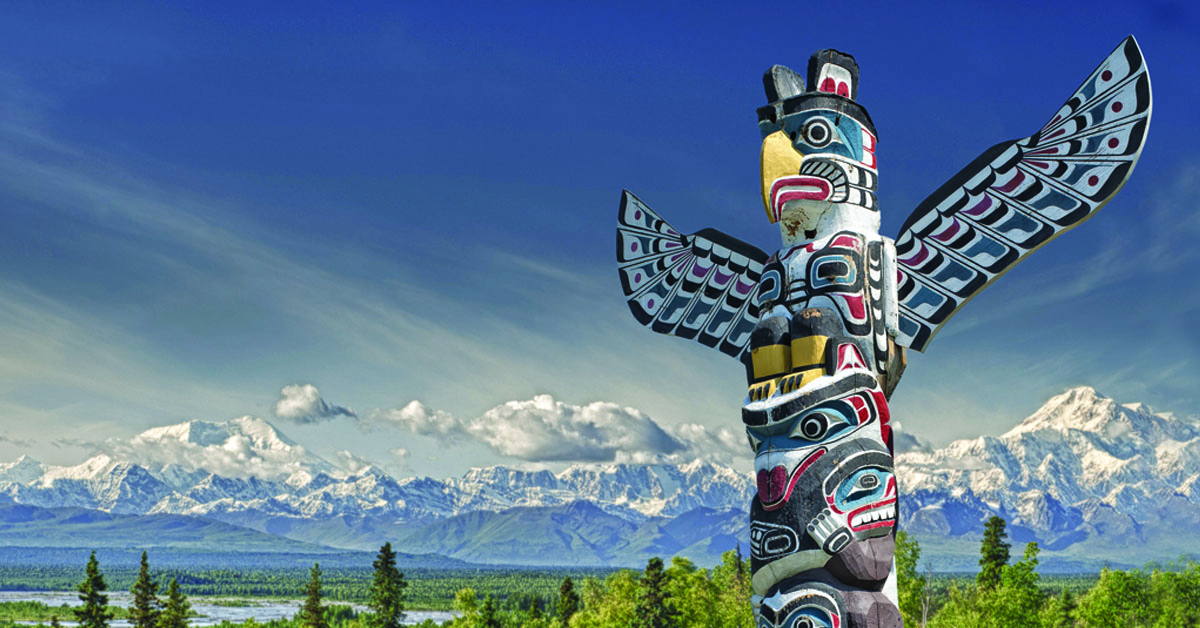Dramatic coastlines, breathtaking mountains and viridian forests stretch across the Pacific Region, beckoning adventurers from all over the world to visit Oregon, Washington, Alaska and Hawaii. Whether its waves are crashing against sheer cliffsides, cerulean glaciers or picturesque beaches, the Pacific Ocean permeates the land and culture of these states.
Because of their proximity to the sea, these states all have important fishing and tourism industries, both of which were hit hard by the COVID-19 pandemic. Recovery is looking good thus far in 2022 as travel restrictions have been lifted, cruise ships have resumed their voyages and fisheries have reopened.
In Hawaii, where tourism makes up about a quarter of the economy, a break from visitors was a surprising boon. Coral reefs rebounded, fish returned in abundance to Hawaii’s bays, and locals surfed at empty beaches as ground and air traffic disappeared.
Following this reckoning, tourism is changing in Hawaii. Two-thirds of locals expressed unhappiness with their belief that the islands are being run for tourists at their expense, and native Hawaiians protested the use and development of sacred sites and ancestral land. Now, for the first time, Hawaii’s tourism authority body is run by a majority of native Hawaiians, and each of Hawaii’s four counties have developed plans for tourism that are based on sustainability rather than marketing.
Tourism also is a major industry in Alaska, where cruise ships sail along the western coast and through the inlets and sounds of the Inside Passage. After two years with virtually no cruise-ship visits, Alaskan tourism authorities are excited for a full schedule of cruises planned for this summer, with more than 1 million passengers expected.
Thanks to diversified economies, other major industries have helped to keep the Pacific Region states afloat and are contributing to their recoveries. In Oregon, major agricultural, manufacturing and natural resources companies thrive. Washington is home to countless technology, aerospace, agricultural and forestry companies, including Microsoft, Amazon, Boeing and many others in the Greater Seattle area. Washington also is a key military state with more than 125,000 people working in active-duty, reserve or civilian positions. ●
Home values across the nation were up 20.3% year over year as of February 2022, Zillow reported. While Alaska’s typical home-price appreciation of 4.5% during this time was far below the U.S. average, Oregon (19.7% growth), Hawaii (21.5%) and Washington (24.1%) each saw their home values skyrocket.
Despite Alaska’s slower price growth, it was the fifth-most expensive state in the nation to buy a home in 2021, due to its far-flung location and low housing supply, according to an analysis by real estate listings site ZeroDown. Oregon ranked No. 9 on the list and Washington was No. 6. Unsurprisingly, the most expensive state to buy a home in 2021 was Hawaii, which has long been a vacation-home destination for wealthy Americans. Over the past two years, Hawaii saw massive growth in luxury real estate due to an influx of buyers from places like Silicon Valley, The New York Times reported.
Focus: Fishing industry
Alaskan wildlife officials have set some of the highest harvest guidelines ever for their fisheries. Businesses that remained closed last year, such as Kodiak Island’s Tanner crab fishery, have reopened with prices per pound nearly double that of 2020. Hawaii also reopened several restricted fishing areas that had been closed since 2007, allowing commercial fishermen to resume catching bottom fish species.
While the salmon outlook is good for fishermen this year in much of the Pacific Region, concerns about salmon populations are rampant in Washington. In Gov. Jay Inslee’s recent State of the State address, he announced $187 million in funds for salmon recovery, but two bills failed to pass the state legislature that could have aided endangered salmon species recover.
What the locals say
“A common predicament being faced by buyers right now (in the Greater Seattle market) is that people have a lot of equity but not necessarily the ability to qualify. A lot of millennials have tech jobs with income they can’t always use immediately, like stock options. And in a family where one person is working and one is home with the kids, you have one income trying to qualify for two houses at once. They can’t sell the home they’re living in to get a big downpayment, so their equity is locked. These are bigger issues than even rising interest rates, but I think there will be more creative solutions to this problem as the year progresses.”
Danny Meier
Area manager
Academy Mortgage
3 Cities to Watch
Spokane

Named for the native Spokane tribe, or “sun people,” this city has grown from what was once a single trading post established in 1810. Frequented by fur trappers, the city was settled in 1872. Now the second-largest city in Washington, it boasts a metro-area population of about 585,000 people. Home values have gone up 27.6% in the past year to a new median price of $400,000, Zillow reported. The median household income in Spokane is $52,600.
Juneau

Alaska’s capital city is set against a backdrop of glaciers, dramatic mountains and the waters of the Inside Passage. The second-largest city in the U.S. by land area, Juneau stretches more than 3,200 square miles but is home to only 32,000 people. The median home value in Juneau is $454,000, a 9.8% year-over-year increase as of February 2022. Many Juneau residents work in government, tourism, fishing and forestry. The median household income is $88,077.
Eugene
Anchored by the University of Oregon, Eugene is known for the bohemian college town that surrounds the campus. With a metro-area population of about 383,000, it has healthy forestry, manufacturing, food and tech industries.
Officials estimate local tech employment will grow by 23% in next decade. The median home price in Eugene jumped by 20% year over year this past February to $463,000, while the median household income is $52,689.
Sources: Alaska Department of Fish and Game, Bloomberg, Bristol Bay Regional Seafood Development Association, Britannica.com, CNN, Eugene Chamber of Commerce, Hawaii Department of Land and Natural Resources, Hitchcock Project, Jefferson Public Radio, KMXT-FM, KUOW-FM, Kupu, Oregon Employment Development Department, Pacific Fishing Magazine, Reuters, The New York Times, The Oregonian, The Seattle Times, Washington State Governor’s Office, ZeroDown, Zillow
-
Hannah Darden is industry rankings editor at Scotsman Guide Inc.
View all posts











